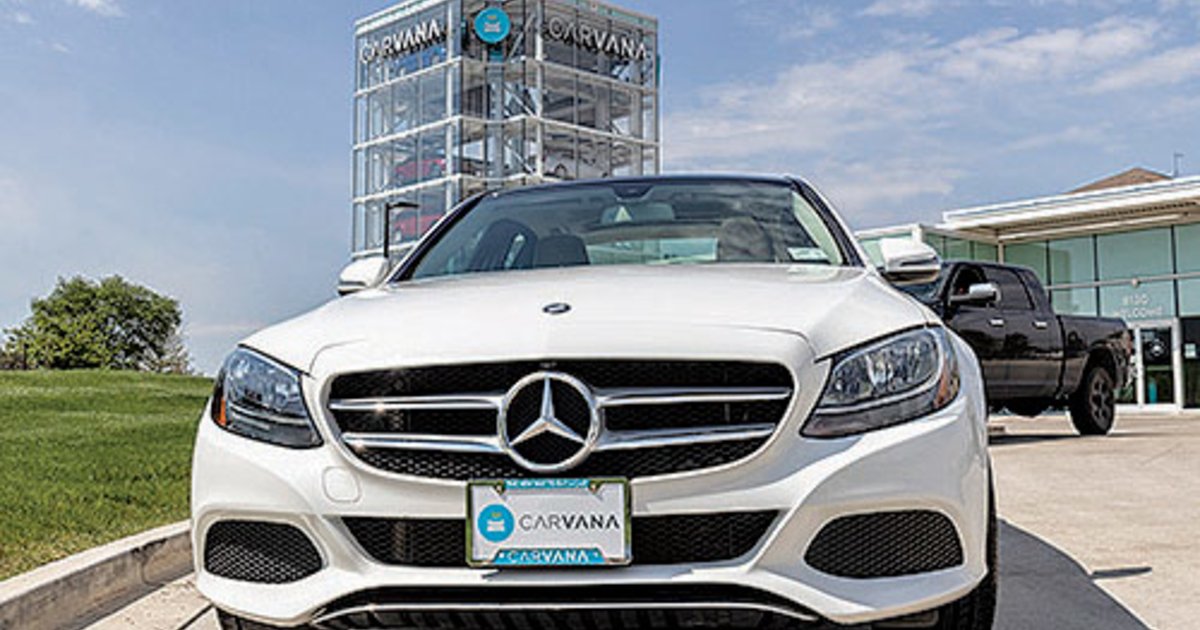
After losing nearly $1 billion in the first half of 2022, Carvana Co. will do more to cut expenses in the coming months, including possibly further reducing employee counts at the online used-vehicle retailer.
That direction from company leaders comes after Carvana already worked on cost-cutting in its second quarter, notably announcing in May that it would eliminate 2,500 jobs. Cost reductions are a move financial analysts have been urging for the challenged retailer, especially after its cash burn-heavy first quarter.
Carvana CEO Ernie Garcia said the retailer in the most recent quarter “shifted our priorities for the first time in company history to favor efficiency and cash flow in recognition of the changes to the market and the economic landscape, as well as to enable us to quickly adjust to changes in our industry that had caused our expenses to be out of balance with sales volumes.”
Carvana’s back-to-back quarterly net losses in the first half of 2022 were the largest in company history. The second-quarter loss of $439 million came one year after the retailer announced its only quarterly net profit since going public in April 2017.
Carvana CFO Mark Jenkins last week said the company saw “meaningful” expense savings quarter over quarter, as it trimmed advertising costs by $24 million and payroll expense by $20 million.
“As we’re looking out over the rest of the year, we really do see opportunities across all areas of the business to continue to drive” expense efficiency, Jenkins told analysts.
While cost controls will happen across the business, payroll will be one “of the bigger buckets,” Jenkins said, as Carvana continues to work on better matching staffing levels to its sales volume.
Company leaders don’t know exactly what to expect for industry volume in the near term in light of the economic factors affecting the used-vehicle market, Garcia said. He cited a combination of inflationary pressures, rising interest rates and fluctuating consumer confidence as hindering Carvana’s volume growth in the first half of 2022. Demand dropped industrywide in July, too, he said.
Price depreciation made its way back into the used-vehicle market this year, Garcia said.
“Given that car prices have inflated more than other goods and services, it is probably likely that, on average, they will depreciate faster in the future to kind of get back into alignment with their relationship with other goods and services,” he said.
Carvana’s operating expenses rang up to $721 million in the second quarter, down slightly from $727 million in the first quarter.
The company experienced a quarter-over-quarter increase in logistics spending, a large portion of which went to third-party transport services Carvana used to “clear certain backlogs out of the logistics network in areas that were particularly constrained,” Jenkins said. He said he doesn’t expect Carvana to bear logistics costs to nearly that degree in the third quarter.
Carvana continues to integrate ADESA U.S., the large physical auction network it purchased May 9 from wholesale auction company KAR Global.
That $2.2 billion blockbuster transaction was met with mixed reactions when announced in February. Some automakers and dealers chose to end business with ADESA U.S. given that Carvana is a formidable competitor in the used-vehicle sector.
Garcia acknowledged that some ADESA U.S. customers initially reacted negatively to the news and that the auction unit lost some volume as a result. But since then, a number of customers have returned, he said last week.
“We’ve seen some big commercial accounts start to shift more business back to ADESA,” Garcia said.
He didn’t specify the companies or the amount of volume that returned. Carvana officials didn’t answer questions from Automotive News seeking that information.
Garcia said he believes the reach of the 56-site ADESA U.S. network “dramatically simplifies” the company’s logistics and could help cut transportation costs.
“When we buy a car from a customer and we’re able to drop it off at a nearby ADESA [location] instead of running it through our logistics network, we can save pretty material dollars per transaction there,” Garcia said.